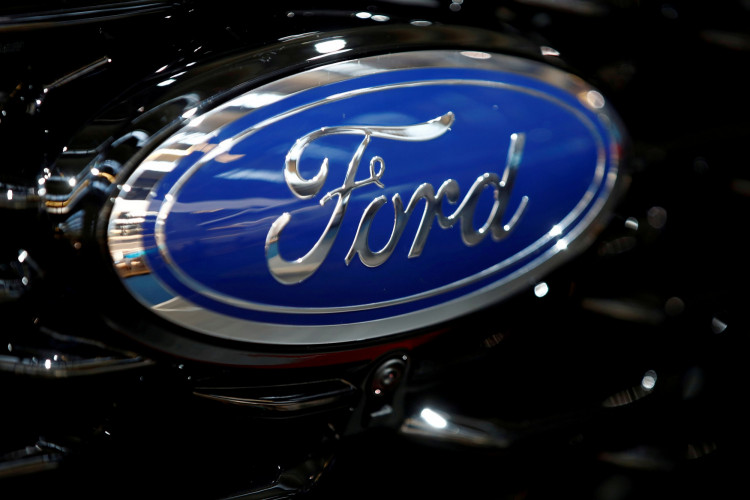The potential $80 billion in extra spending demanded by unions from two major American auto giants, General Motors and Ford, sends production costs soaring and confidence plummeting. General Motors nosedived by 5.8% (over 6% intra-day), while Ford fell 4.5% (over 5% intra-day). These two stocks are among the top three losers in the S&P 500 index.
Union Calls for Wage Hikes and Reforms
Unions have called on both companies to raise wages and undertake other reforms, expecting to add over $80 billion in spending for each. Market fears that if the parties cannot agree, leading to a strike, it could negatively impact company operations and profit prospects. Some analysts have stated that General Motors and Ford's stock prices may be punished for some time, saying that Wall Street hates uncertainty and that this does not seem like normal negotiations in terms of style or demands from the union.
Currently, General Motors, Ford, and Stellantis, the three big U.S. automakers, are in tense negotiations with the United Auto Workers (UAW) over a new four-year contract. The union wants a 46% wage increase, restoration of traditional pension benefits, attention to workers' increased living costs, shorter working hours, and improved retirement benefits.
Union Influence in the U.S. Automotive Industry
In the American automotive and transportation sectors, union influence is significant. Just a few weeks ago, a truckers' union reached a temporary agreement with UPS, adding tens of billions of dollars in new costs, leading the delivery company to downgrade its earnings guidance.
Shawn Fain, president of the United Auto Workers, believes that the approximately 150,000 union members of the three major U.S. automakers deserve better rewards. He asserts that the workers helped the companies recover from the 2008 recession and achieve record profits.
However, the automakers argue that they have already provided generous salaries and benefits for workers. They also claim that as they invest billions of dollars in transitioning to electric vehicles, they need to maintain competitiveness in wages and other aspects against low-wage and non-union competitors like Tesla.
Transition to Electric Vehicles: A Challenge for Traditional Automakers
Now, traditional U.S. automakers like Ford and General Motors face a difficult transition to electric vehicles (EVs), with their EV business still in heavy loss. The companies are taking various measures to gain more profits from traditional fuel vehicles to subsidize electric cars.
For example, Ford's electric vehicle and innovative technology unit, Ford Model e, saw a 39% increase in revenue for the second quarter but only $1.8 billion, with an operating loss of $10.8 billion. In the first half of the year, Ford's electric vehicle business lost as much as $1.8 billion.
Affected by electric vehicle pricing, investments in next-generation products and capacities, and other cost expenditures, Ford expects this year's electric vehicle business loss to grow to $4.5 billion, 50% higher than previous forecasts.
As traditional automakers struggle with electric vehicle research and promotion, Tesla is ready to launch new affordable electric models, likely to capture more market share.
The governor of Nuevo León, Mexico, where Tesla's fifth super-factory is located, stated last month that Tesla had reached the final stage of its new Model 2 design, to be the world's "best" and "most affordable" electric car.
As early as Tesla Battery Day in 2020, Elon Musk announced that Tesla would produce a $25,000 electric car. This car, by using vertical integration and stronger battery production technology, would reduce electric vehicle costs by 50%.
Tesla also revealed the compact battery size that might be used in Model 2. This model will use an LFP battery pack, with an average battery capacity of 53 kilowatt-hours, 25% smaller than the current Model 3. However, due to the shorter wheelbase of Model 2, the weight may be reduced by 30%. Therefore, despite a smaller battery capacity, the range might be consistent with the entry-level Model 3.






